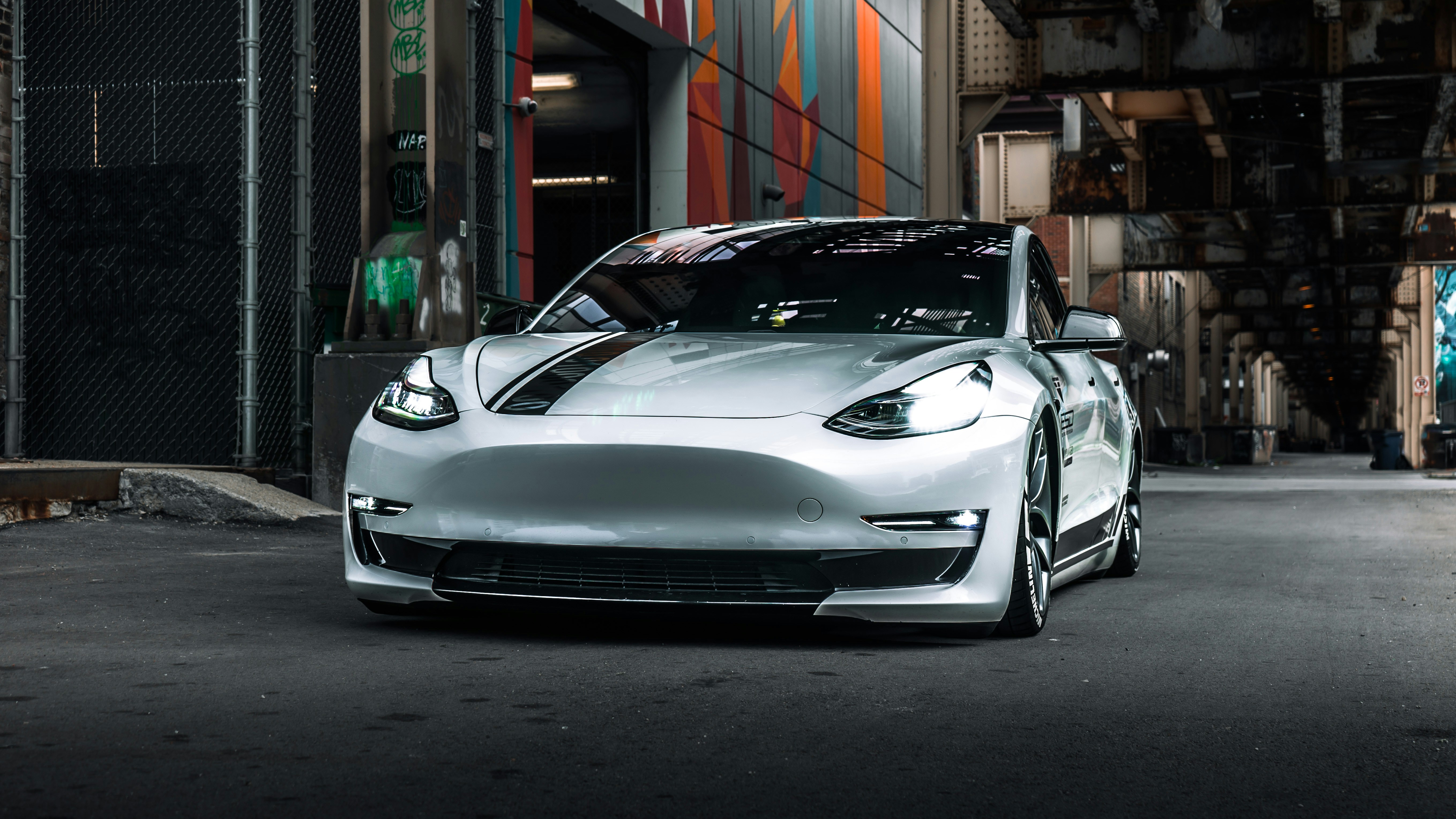Electric vehicles get all the headlines, fast, silent, zero tailpipe emissions, and occasionally, autopilot tantrums. But under the floorpan of every sleek EV lies the real MVP: the battery. And not all EV batteries are created equal.
If you’re picturing some Duracells wired together under the bonnet, don’t worry, you’re not alone. Most people talk EVs but couldn’t tell a lithium iron phosphate from a double espresso. So, here’s your jargon-free, BS-light breakdown of what’s really going on inside your future car.
LFP vs. NMC: Tesla’s Favourite Double Act
Let’s start with the two chemistries doing most of the heavy lifting today: LFP and NMC. These aren’t TikTok dance duos, they’re the formulas behind most EV batteries, especially Tesla’s. In fact, Tesla started using LFP batteries in its cheaper models like the Model 3 and Y back in 2021. Why? Because they’re cheaper, safer, and don’t mind being charged to 100% daily without needing therapy afterwards.
LFP is ideal if you just want a reliable, cost-effective car that doesn’t spontaneously combust or sulk in cold weather. On the flip side, LFP batteries weigh more and don’t go as far on a single charge. They’re the tortoise, not flashy, but dependable.
Then there’s NMC, used in Tesla’s premium models and other long-range EVs. It’s lighter, more energy-dense, and lets you drive further between charges. But it’s also more expensive, degrades faster if overcharged, and contains cobalt, which is ethically and environmentally murky at best. Fast and fancy, yes. Carefree? Not so much.
TL;DR:
LFP = Affordable, durable, zero drama.
NMC = High-performance, fast-charging, mildly neurotic.
Solid-State Batteries: The Unicorn We’re All Waiting For
Imagine a battery that’s lighter, charges in minutes, and doesn’t explode when poked, welcome to the dream of solid-state batteries. These ditch the flammable goo inside traditional batteries and replace it with a solid material. The result? In theory: 2–3x range, 6x faster charging, and no fireballs.
In practice? Well… they’re still working on that. The manufacturing process is slow, expensive, and about as scalable as a hand-knitted space shuttle. That’s why solid-state batteries are projected to make up just 15% of the market by 2030.
So, while we wait, the industry has whipped up a sensible interim option…
Semi-Solid Batteries: Diet Solid-State, Now in Cars
Enter semi-solid-state batteries, or SSSBs (because engineers hate vowels). These use a gel-like electrolyte instead of a liquid or solid, offering a “Goldilocks” middle ground.
The new MG4 EV in China is one of the first to feature this tech in a real, drive-it-off-the-lot car. It’s affordable, safer than standard batteries, and doesn’t throw a tantrum in freezing weather. Perfect for those of us who live in climates that alternate between sauna and icebox.
Meanwhile, In the Experimental Lab Dungeon…
The battery nerds aren’t stopping at semi-solid. A few wild ideas are also gearing up:
Lithium-Sulfur (Li‑S)
These promise up to 10x the energy density of today’s batteries and could shave serious weight off your car, maybe even enough to get electric planes off the ground. They’re made with sulfur, which is cheap and abundant (finally, a use for volcanos). Still experimental, but companies like Lyten say micromobility rollouts could happen by 2025. Longer-term, think trucks, planes, or Mars rovers.
Sodium-Ion (Na-ion)
Sodium-ion is like lithium-ion’s less glamorous but practical cousin. It uses sodium, which is cheap, everywhere, and not on any geopolitical watchlist. These batteries are already used in scooters and handle cold weather like champs. They don’t go as far per charge, but they’re ideal for budget EVs and icy roads. China’s already rolling them out in small cars.
Silicon Anodes
This isn’t a whole new battery type, just a fancy upgrade. Swapping graphite anodes for silicon boosts range and charging speed. Mercedes-Benz is already onboard with this, and it could be the fastest path to better performance without rebuilding the battery from scratch.
Bipolar Design
Sounds like a therapy session, but it’s actually a wiring tweak. Batteries with bipolar architecture are more compact, more efficient, and easier to assemble. Plus, they work well with solid-state setups. Toyota’s in the game, naturally.
But What Happens to Dead Batteries?
Glad you asked. They don’t go to battery heaven, they go to recycling plants. The EV industry is investing big in reclaiming rare metals (like lithium and cobalt), and recycling can slash emissions by 90% compared to mining fresh materials.
Mercedes-Benz just opened one in Europe, and others are working on methods like hydrometallurgy (acid baths) and direct recycling (basically refurbishing battery bits). Because sustainability shouldn’t stop once the wheels stop turning.
The Big Picture
There’s no single “best” EV battery. Instead, automakers are building a toolbox:
LFP for affordability
NMC for performance
SSSBs as a stepping stone
Solid-state as the endgame (eventually)
…and wild cards like Li-S and Na-ion for the next leap.
Just like you don’t wear hiking boots to the beach, the right battery depends on the job: short trips, long commutes, extreme climates, or high-performance joyrides.
So, the next time someone says “EVs are the future,” you’ll know that it’s not just the electric motors—it’s the batteries evolving quietly underfoot that are really reshaping how we move, live, and maybe even fly.
Enjoyed that? Share it, argue about it, or just smugly inform someone over coffee tomorrow.
